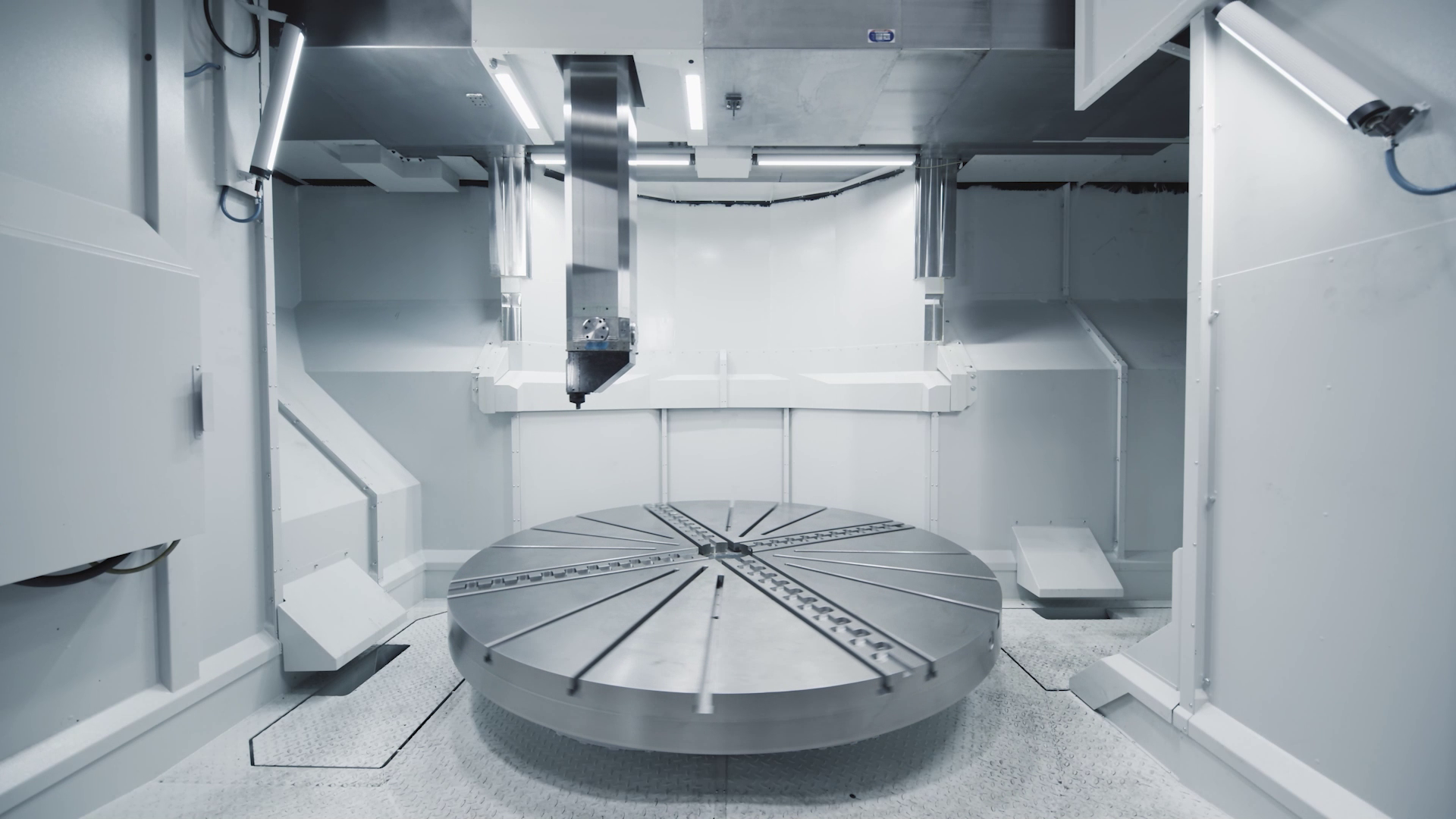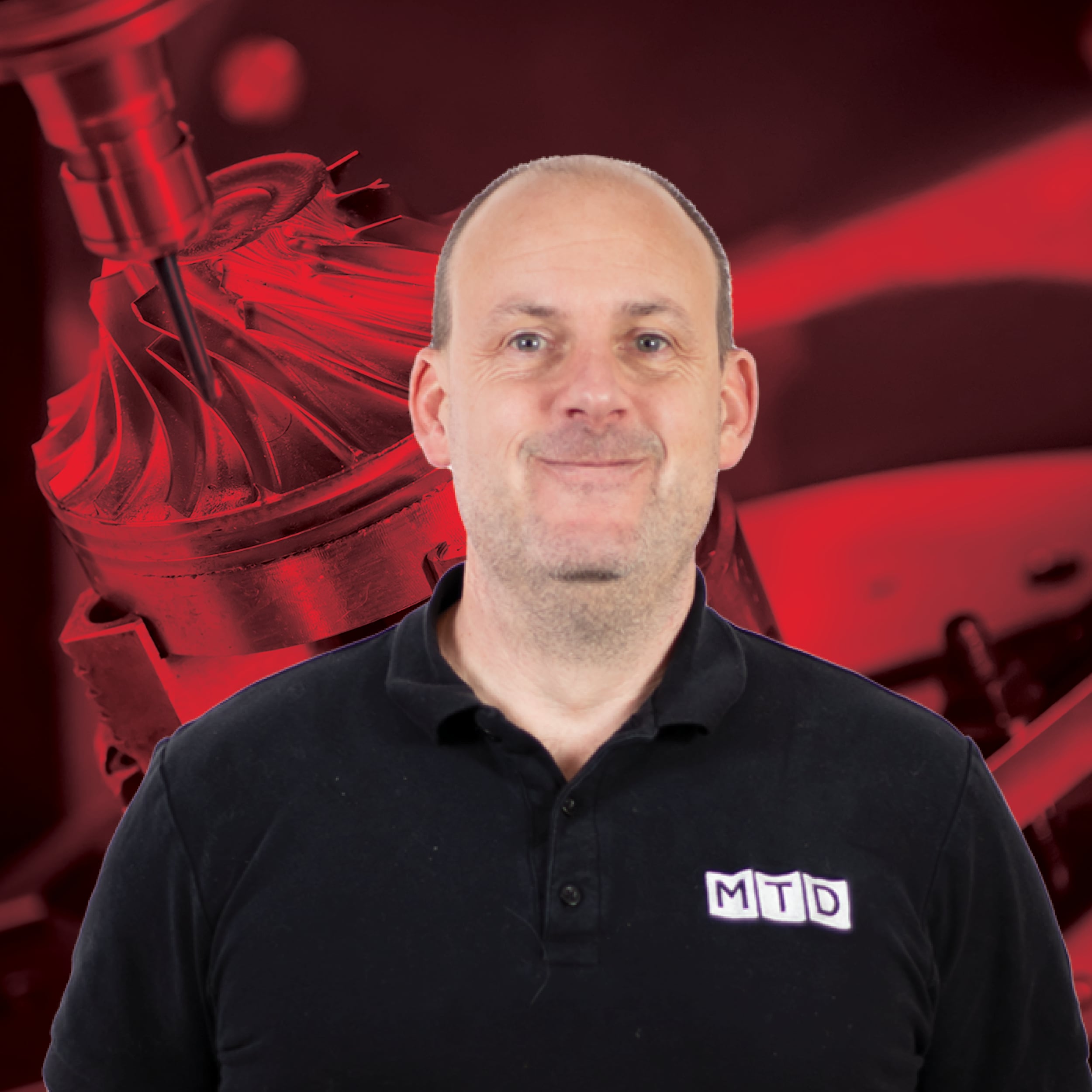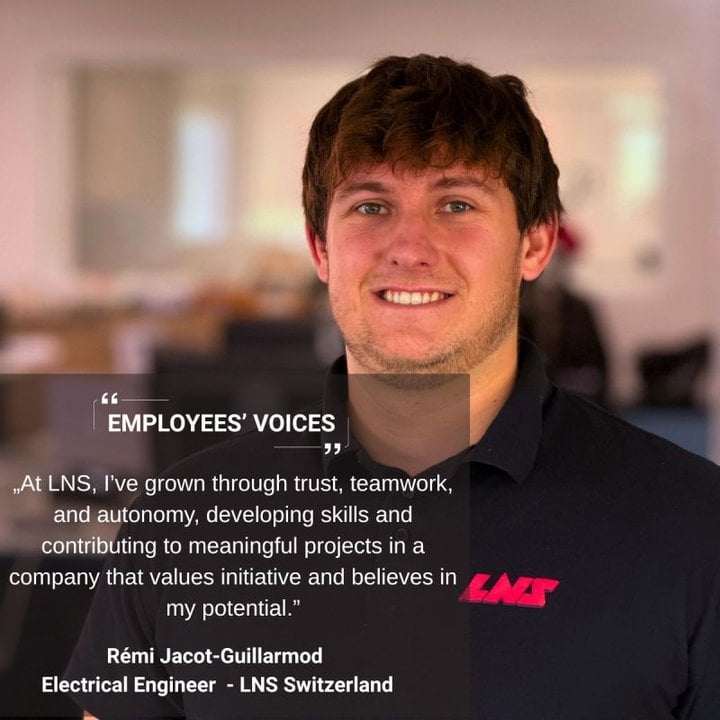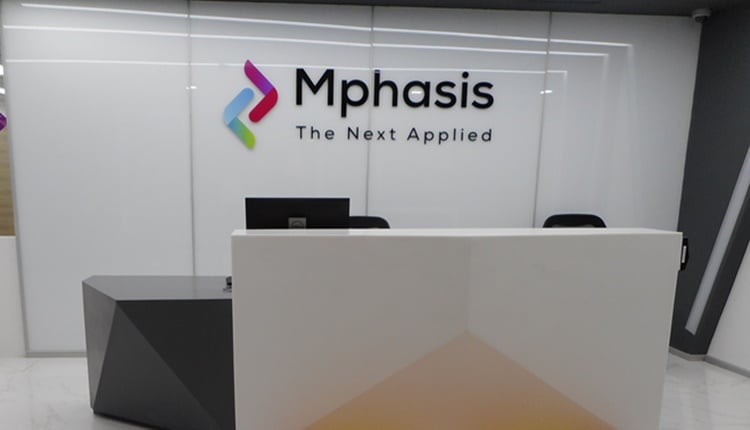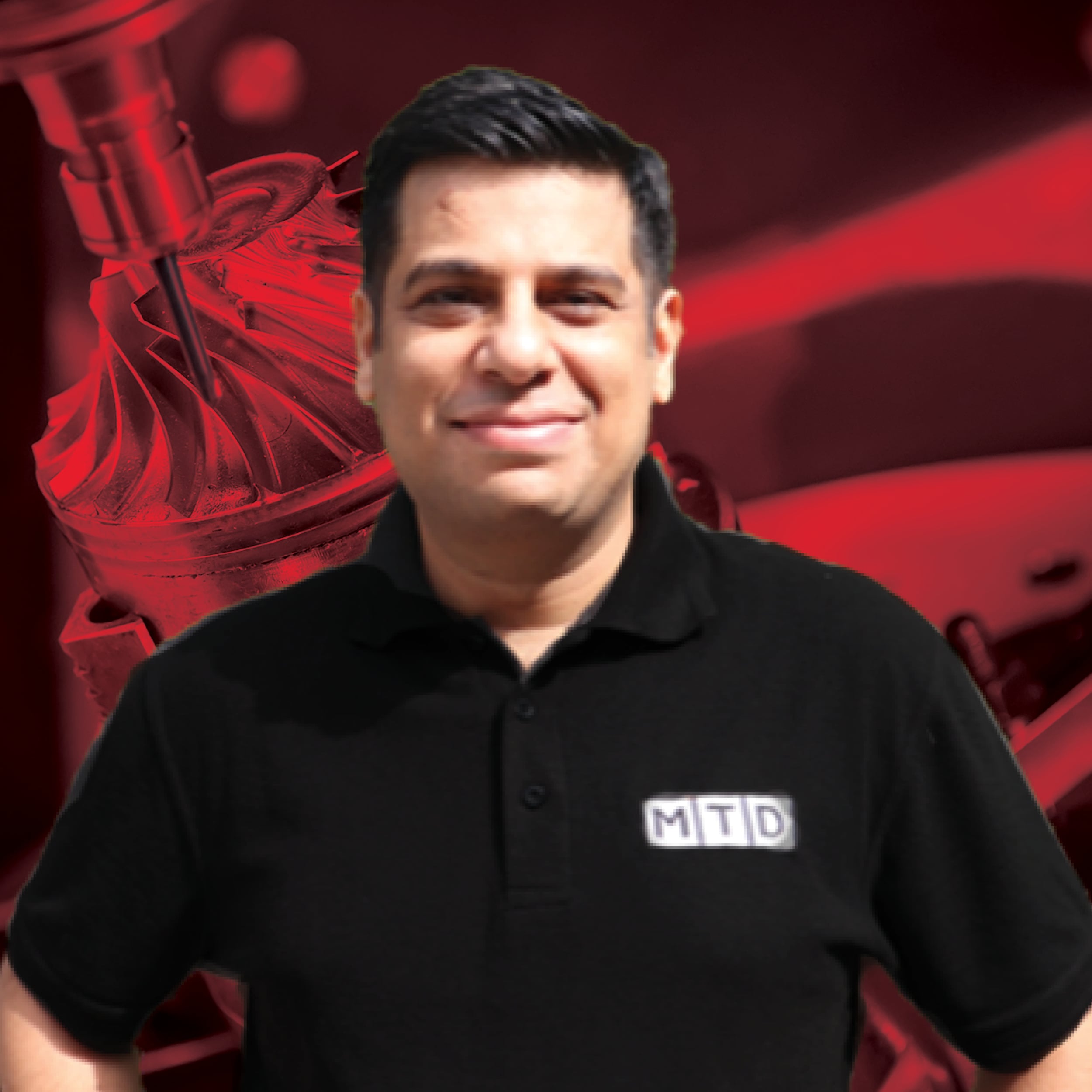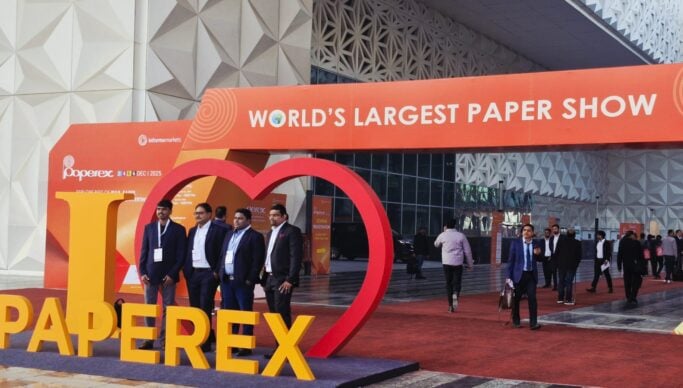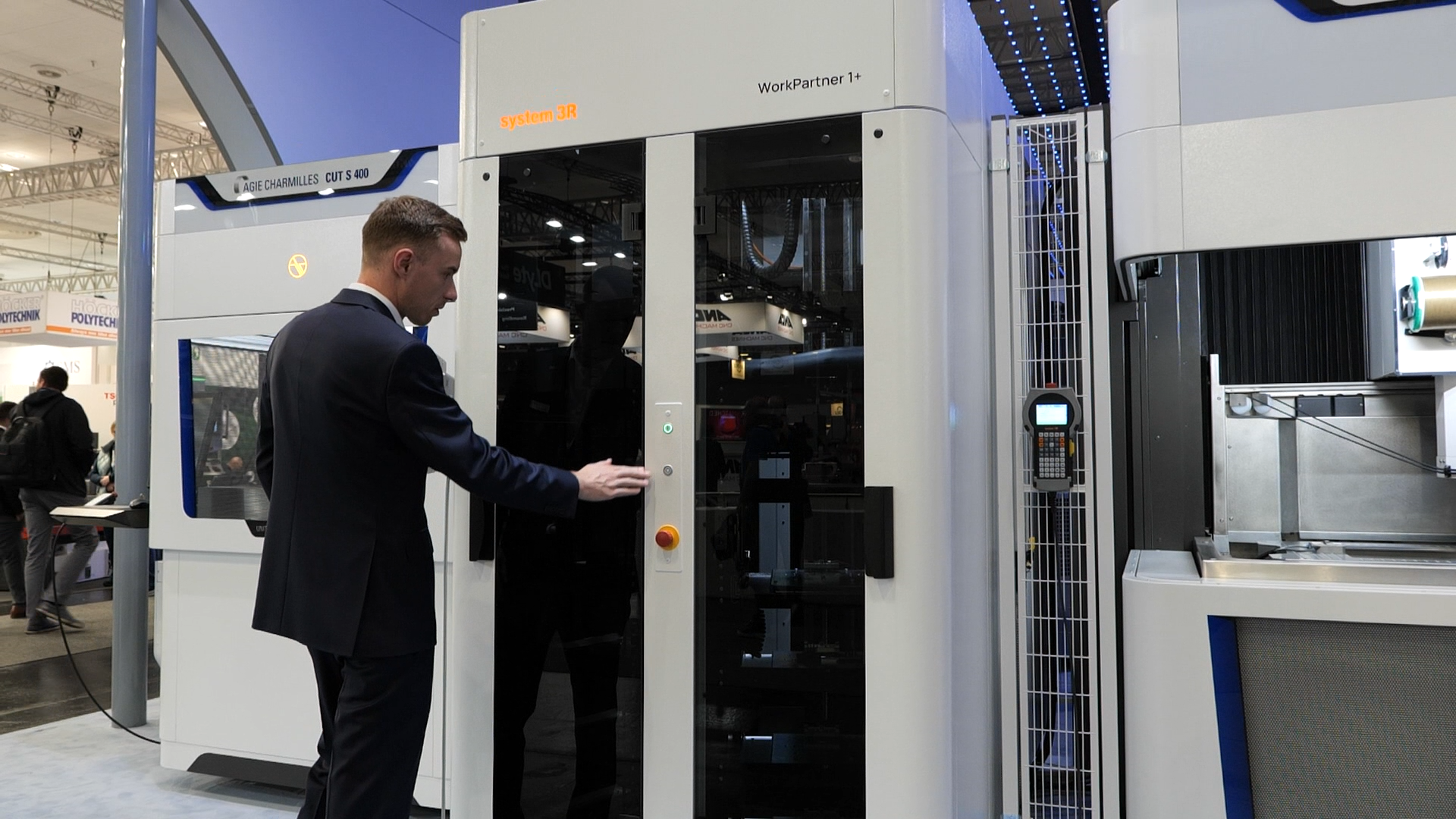
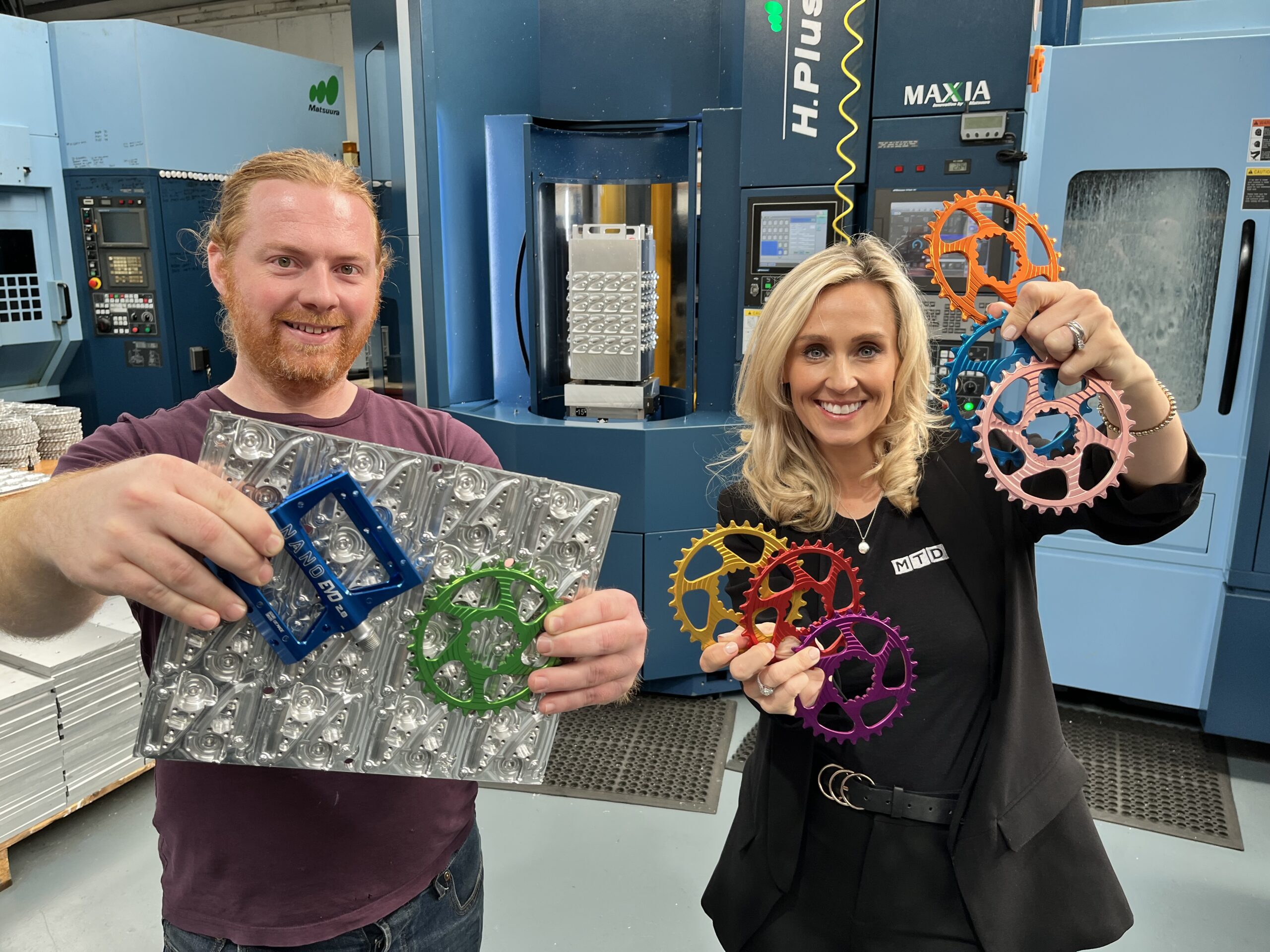
Superstar Components was started in 2006 with the single aim of cutting out the middleman and selling high-quality bike parts directly to customers at sensible prices. More than 15 years later, the company has grown from selling brake pads in a bedroom to a biker-run company with 3 warehouses, a large team and a wide range of products for both mountain and road bikes, building everything from gear rings and pedals to chain devices, brakes, bottle cages, seat posts, stems and more. Most of these parts are CNC machined in-house.
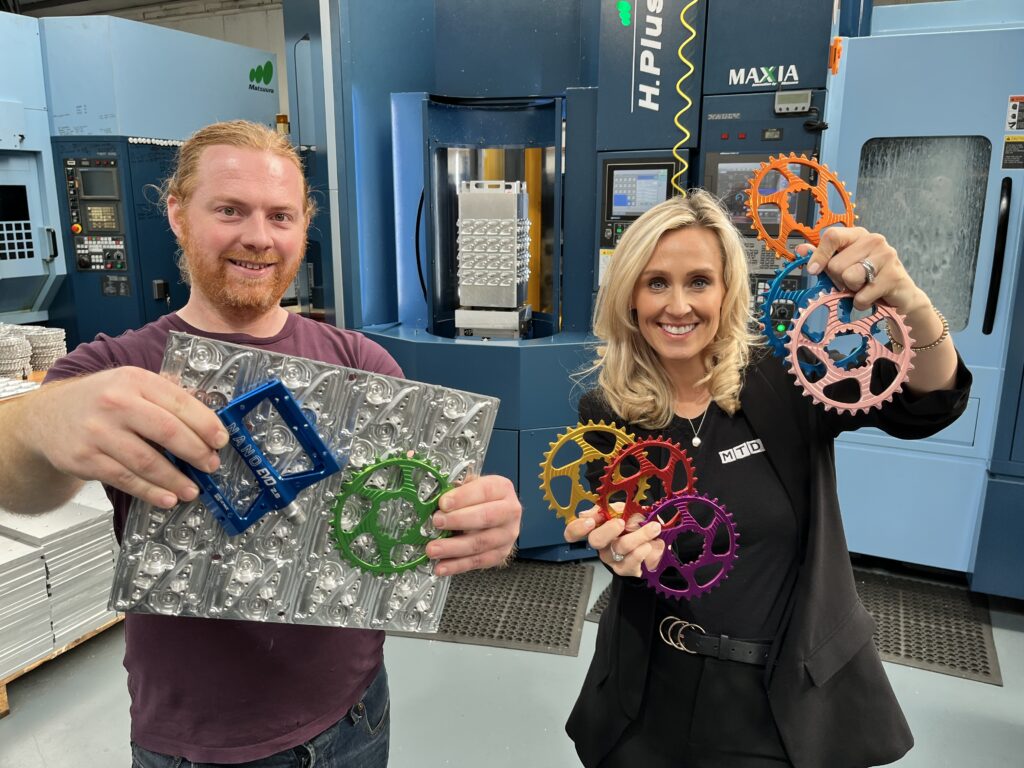
The company now adopts hyperMILL CAM software alongside two Matsuura MAM72 machines, a Brother Speedio and a FANUC Robodrill as just a part of the plant list. The company recently adopted workholding technology from Hainbuch. Discussing the reasoning behind this, Neil Wilkinson from Superstar Component says: “I have been making hubs for mountain bikes for years, but one day one of our customers came to us and they wanted a very complex monobloc hub produced for a wheelchair wheel. It has carbon fibre leaf springs that are epoxy-bonded and this gives it a rough surface on the inside. Looking at the part, you would think it is a turned part, but it really is a round billet that is milled. So, we invested in a Brother Speedio MX140X1 from Whitehouse Machine Tools for a milled solution. The machine is more focused as a mill than a turning centre, but it can do all the things a turning centre can.”
Alluding to the Hainbuch solution, Neil says: “We fitted the machine with a Hainbuch mandrel – previously we were using a three-jaw chuck. This setup wasn’t very rigid, it was occasionally firing the part out and the surface finish wasn’t great. The hydraulically actuated drawbar inside the machine accommodates fully automated loading and unloading of the parts, so we can install a robot in the future if we desire.”
Highlighting the benefits of installing the Hainbuch MANDO T212 on the Brother machine, Neil adds: “The benefits are that because the system is clamping internally with the mandrel and it pulls down as well, it is always accurate on length, it’s always flat, it’s always concentric and it’s so rigid you get much better surface finishes. The surface finishes are unbelievably better than with the three-jaw chuck.”
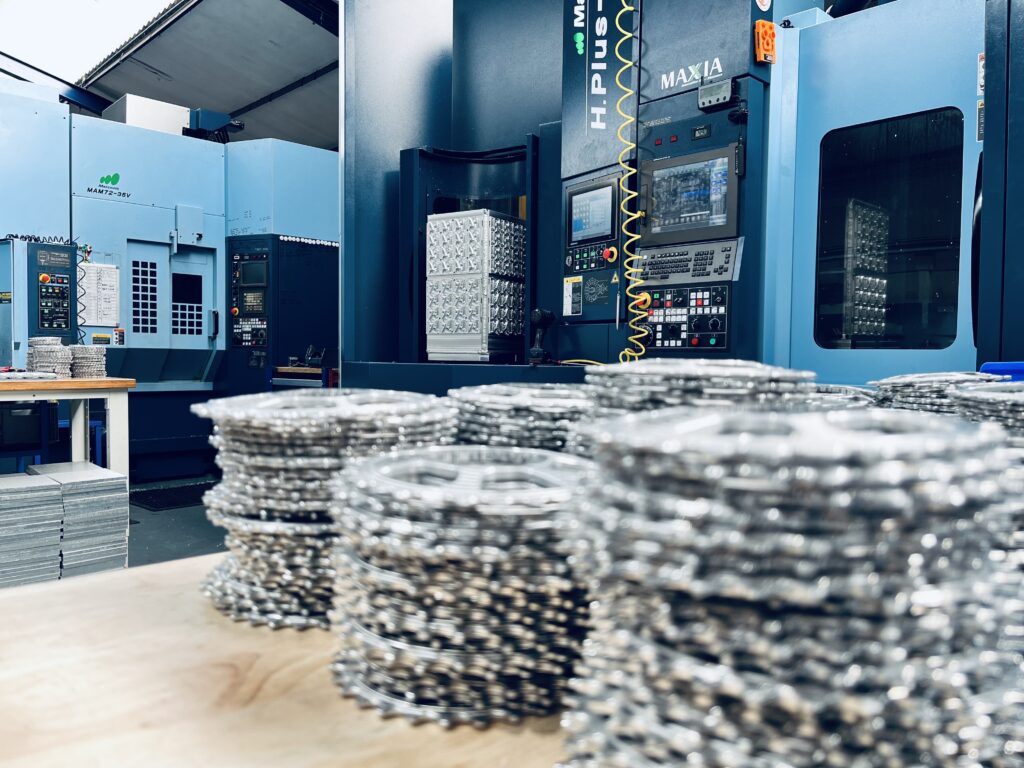
Looking at the part, Neil says: “Our customer was previously making 14 different parts and there were a lot of warranty problems and component failures. Actually, there was so much handling that the process also cost a lot of money – as each part had to be loaded and unloaded repeatedly. This created a lot of risk and assembly time, as the parts had to be anodised. This all adds up to a very expensive bill of materials. You would think that a complex monobloc design is an expensive way of producing the part, but it was a massive down-cost for the customer and it meant that all of the tolerances are held in one place, there is no assembly and there are fewer parts to anodise. This results in a cost that is a fraction of what it was, and all the tolerances are much better. From my point of view, I could also reduce the cost as the part has a long cycle time with a lot of operator ‘walk away’ time. You can literally load the parts, start the machine and it just runs. The beauty of the machine is that it has an automatic door and a hydraulic drawbar that allows you to just take the part out and pop it back in without any need for a spanner. When you press go, the door shuts, the mandrel clamps and pulls down on the part – and it runs. I’m already loading the next machine by the time this machine has started running, so my tac time is literally 10 seconds.”




